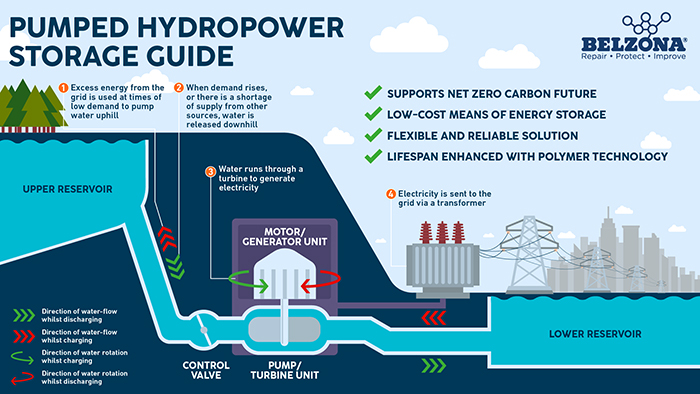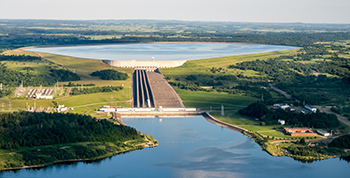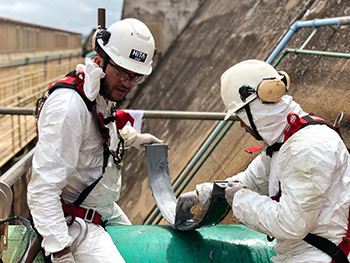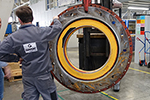Given the critical role pumped hydro storage plays in being a clean, low-cost and renewable energy storage system, is simply maintaining key hydropower equipment (such as Kaplan and Francis turbines) enough?
Or, should a more rigorous approach be undertaken to intrinsically ‘improve’ the efficiency at pumped storage hydropower plants for the long term?
The Growing Demand for Pumped Hydropower Storage as a Reliable Electricity Storage System

The demand for renewable energy storage systems has never been greater. While technologies, such as flywheel energy storage and compressed air energy storage are growing in popularity, pumped hydro, first established in the 1890s, is the largest type of grid scale energy storage system in the world.
The 2021 US Hydropower Market Report identifies how in the United States, pumped storage hydropower currently contributes 93% of grid storage.
With COP26, the UN Climate Change Conference, set to be hosted later this year, the discussion of pumped hydropower storage is high on the agenda; and for good reason.
According to the International Energy Agency (IEA) Renewables 2020 Report, hydropower will account for 16% of the world’s electricity generation by 2025. For many countries, a large proportion of this will include pumped hydro storage plants.

For Europe, the IEA’s Report outlines how by 2025, more than half of new hydropower capacity additions will be pumped storage power plants. The outlook is looking similar for China, with pumped storage accounting for more than half of new hydropower plants between 2023 and 2025.
The evidence is clear: investment into pumped hydro storage is on the rise, globally.
With such a rapid growth in this type of renewable energy storage technology, the IEA says that: ‘To sustain this level, output from existing hydropower plants needs to be maintained; however, substantial amounts of generation will come from fleets that are ageing.’
For example, the report goes on to identify that by 2025, 40% of the world’s hydropower output will be from countries with fleets that are more than 40 years old. It highlights how this is ‘…the age at which the first major refurbishments are undertaken to either maintain or increase performance.’
 Polymeric Repair Solutions and Protective Coatings for Pumped Storage Hydropower
Polymeric Repair Solutions and Protective Coatings for Pumped Storage Hydropower
In Belzona’s latest blog post, they examine how, as there is such a high dependency on this type of energy storage technology, asset owners should deploy appropriate repair solutions to ensure that hydropower plant integrity isn’t simply ‘maintained,’ but also significantly ‘improved’ for the long term.
They explore how pumped hydro storage engineers and asset owners are employing cold-curing polymeric systems as alternative repair and protection solutions for pumped hydro storage equipment.
To learn more, visit: https://blog.belzona.com/how-to-improve-pumped-hydro-storage-efficiency
Established in 1952, Belzona is a global designer and manufacturer of repair composite materials and industrial protective coatings.
T +44 (0)1423 567641
https://www.belzona.com/en

